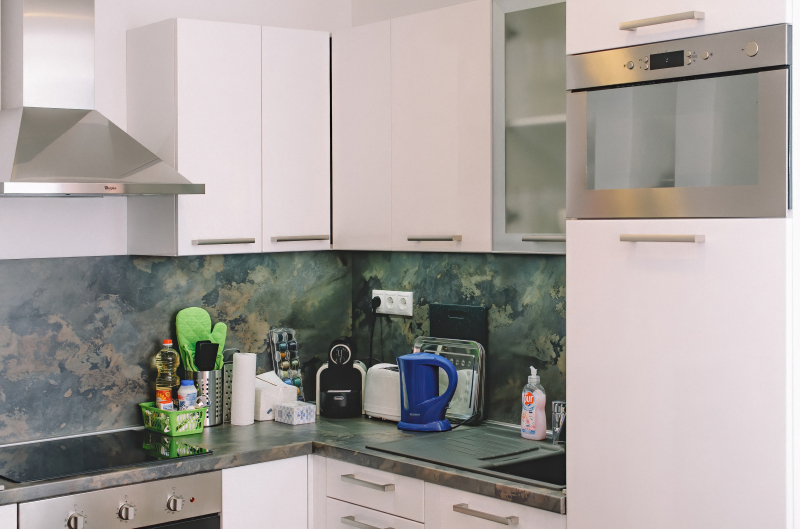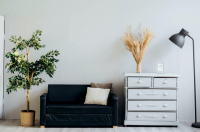Back in the 90’s there was a popular song in Russia with a refrain that went, “This is a communal apartment, this is a communal family.” In the music video, once you got past the front door with a dozen doorbells, you walked into a marvelous world of different nationalities living in one apartment, cooking up kebabs and matzah in a kitchen crisscrossed with clotheslines.
To this day, you can find communal apartments in St. Petersburg, once owned by nobility and then appropriated by the Bolsheviks and divided between multiple families. Tenants still have to use the shower according to a schedule. Many of these places, however, have been converted back to beautiful and expensive single-family apartments with giant windows and functional fireplaces. Some have been divided into smaller, well-upgraded downtown gems.
But as the city spreads, you’re more likely to find yourself in a 15-story beehive of a house that wraps around the block and functions as its own community, complete with grocery stories and bars on the ground floor.
The first question to consider is the number of rooms. When a Russian ad says “one room,” that’s exactly what it means – the place has one room and a separate kitchen and maybe a little entrance hallway. It doesn’t mean “one bedroom,” a concept that implies that there’s also maybe a family room or some other space besides the kitchen.
A “studio” means that you’ll be getting a single space that combines a bedroom and a kitchen and is about the size of an average American hotel room. It’s the kind of apartment that makes you thank Ikea for their ingenuity and commitment to cramming in the impossible.
A lot of families live in two-room apartments, which means that the bigger of the two rooms is used for both social events like hosting guests and as a master bedroom. That’s where pullout couches come in handy. If you’ve been invited into the kitchen, consider yourself an honorary relative.
Bathrooms are usually divided into a vannaya – a space with sink, a bathtub complete with a shower, and sometimes a washing machine, and Tualet – which sounds very much like 'toilet' – a tiny space usually adjacent to vannaya that features only the white throne. If you’re asking yourself how people wash their hands after using the bathroom and without touching the doorknob first, it’s a mystery to me too. The good news about tualet is that this is the one place in the apartment, no matter how busy it is, where you’re guaranteed some peace. Back in the days when toilet paper was hard to come by, it was also the place where people caught up on newspapers before using them for their intended purpose.
If you’re wondering where Russians manage to store all their stuff, considering that they almost never throw anything away, the likely place is the balcony. These are often glassed in and double as a place to dry clothes, grow plants, and have a smoke. It’s also a perfect place for an open-air dinner, especially with a date
Living in a house where you’re surrounded by people from each side, even if you’re separated by concrete walls, offers a unique sense of community. I know that at 9 a.m., a neighbor above me starts practicing the piano, and after a while, I catch myself waiting for the music to start. At night, I see light in some of the windows across the courtyard, and you know that even at 3 a.m. someone else is up, too. You can smell fish frying, and you feel for a mom trying to comfort her baby. Life is all around you, and you’re an integral part of it whether you like it or not.




